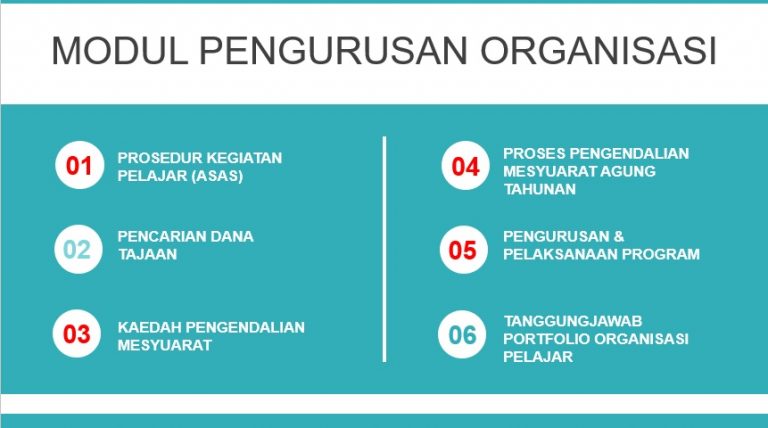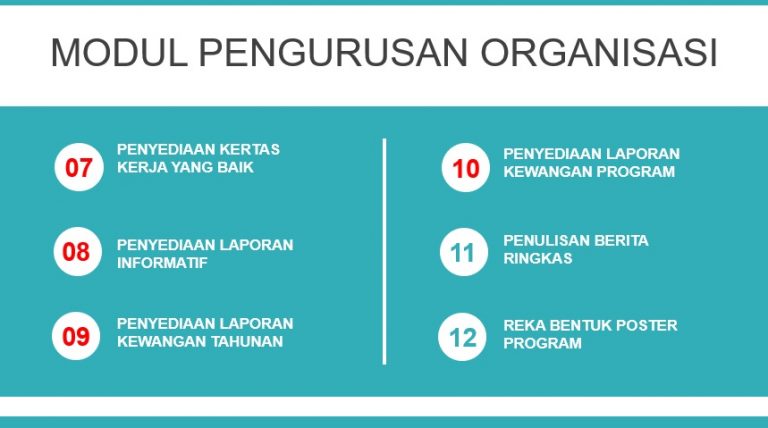Ketika ini pihak COMNET hanya membuka pendaftaran Bengkel Pengurusan Organisasi Secara Maya. Sila klik pada butang hijau di sebelah. Terima kasih.




There are probably as many answers to this question as there are workshops and workshop presenters but, in general, a workshop is a single, short (although short may mean anything from 45 minutes to two full days) educational program designed to teach or introduce to participants practical skills, techniques, or ideas which they can then use in their work or their daily lives. Most workshops have several features in common:
A presentation doesn’t have to be limited to one person. Co-leaders or co-facilitators are not only common, but can greatly expand the possibilities of a given workshop, and can make everyone’s job easier. Each co-leader might be responsible for particular parts of the workshop, or all may work together throughout, depending upon the structure and purpose. In any case, finding one or more co-leaders or co-facilitators is always an option if you’re planning a workshop.


